Nestled in the heart of China’s Yunnan province, Dali is a destination that truly stills the soul. It’s a place where the deep blue of Erhai Lake reflects the ever-present, majestic Cangshan Mountains, and where the pace of life invites you to slow down and simply be. For centuries, it has captivated poets and travelers with its scenery, often described by the romantic quartet of wind, flowers, snow, and moon (风花雪月, fēng huā xuě yuè). This is your Dali travel guide.
But beyond the poetry, Dali is a place to be explored. This guide is your practical starting point for doing just that. We’ll focus on clear, useful advice to help you plan your trip, from navigating transport and finding the perfect place to stay to discovering the unmissable local cuisine. Use this as your foundation, and for a deeper dive into specific sights, look out for our dedicated articles on Dali’s ancient towns, Erhai Lake, and more.
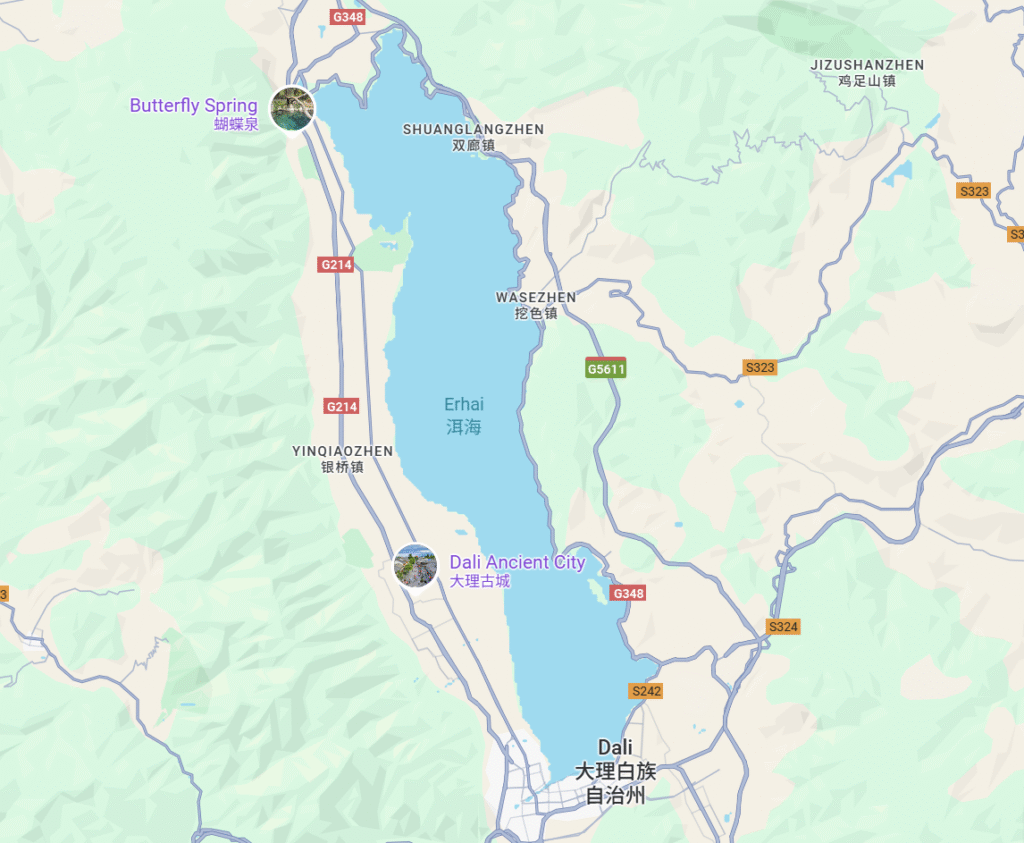
How to Get to Dali
✈️ By Air
Dali has its own airport, Dali Fengyi Airport (大理凤仪机场, Dàlǐ Fèngyí Jīchǎng, DLU). It has direct flights from some major Chinese cities, but it’s more common to fly into Kunming Changshui International Airport (KMG) and transfer to train.
- From Dali Airport: An airport bus (Bus 25) runs to Dali Ancient City’s South Gate and takes about 45 minutes. A taxi will cost around 70-90 RMB and take about 50 minutes.
🚄 By Train
The high-speed train is the most convenient and popular way to reach Dali from nearby hubs. The train station is located in the new city, Xiaguan (下关).
- From Kunming: The journey takes about 2.5 hours and costs around 150 RMB.
- From Lijiang: The journey is about 1.5 hours and costs around 72 RMB.
From Dali Railway Station to the Ancient City: You have several options. Bus 8 is a reliable choice, taking about an hour. For a more direct route, the San Ta Express (三塔专线, Sān Tǎ Zhuānxiàn) goes straight to the West Gate of the ancient city.
Keen to purchase tickets for China trains before you travel? Find out how in my guide here!
📍 Where to Stay in Dali: A Guide to the Best Areas
Your home base can shape your entire experience. Here are the main options:
Dali Ancient City (大理古城): Best for first-time visitors who want convenience. You’ll be within walking distance of countless shops, restaurants, and bars. It can be busy, but offers the most amenities. The ancient city gradually comes alive through the day and becomes bustling at night, making this a great place to stay if you want some nightlife. You can’t really go wrong choosing this place for your first trip. This was where I chose to base myself for my trip.
Xizhou Ancient Town (喜洲古镇): Best for a quieter, more cultural stay. Famous for its well-preserved Bai architecture and surrounding rice fields, it’s incredibly peaceful, especially at night when the day-trippers have left.
Shuanglang Ancient Town (双廊古镇): Best for premium lake views and stunning sunsets. It’s more commercialized and can be pricier, but the views of Cangshan Mountain across the water are unparalleled.
Erhai Lake Villages (West Side): For a tranquil, local experience, consider staying in a guesthouse in a lakeside village like Longkan (龙龛) or Caicun (才村). Many choose to base themselves here for early morning walks and watching the sunrise over the lake.
🚗 Getting Around Dali: A Logistics Guide
Navigating Dali Ancient City
The ancient city is largely pedestrian-friendly. The best way to explore its nine streets and eighteen alleys is simply by foot. For longer distances within the city or just outside the walls, ride-hailing apps are readily available, and local taxis have a starting fare of 7 RMB. Do be careful if you have limited mobility as once you are deep within the ancient city it can be troublesome to get out given that cars cannot access the inner alleys.
Exploring the Greater Dali Area and Erhai Lake
The journey around Erhai Lake is an attraction in itself, covering a loop of about 130-140 km. It’s highly recommended to split the exploration over two days: one for the West Line and one for the East Line.
🛵 Electric Scooters
Renting an e-scooter is a fantastic way to feel the breeze and stop whenever you like (but stay safe!)
- Cost: Around 40 RMB per day.
- Important: If you plan to circle the entire lake, you must rent a scooter with a battery that can handle 200km. Standard batteries will not make it. Always check the vehicle’s condition and document it with photos before you rent.
- West Line Rule: Privately rented scooters are generally not allowed inside the main Erhai Ecological Corridor on the West Line. You’ll need to use the shared bikes or scooters available inside the scenic area.
🚗 Rented or Chartered Car
This offers the most comfort and flexibility, especially for the East Line where attractions are farther apart. A private car for the day costs around 350 RMB in the off-season. You can either find drivers via recommendations by word-of-mouth, via online platforms or after you reach Dali (may write a guide on hiring drivers in China someday!) I hired a driver that was recommended by my accommodations.
🚌 Buses and Shuttles
For a budget-friendly option, the “Huanhai Bus” (环海巴士, Huánhǎi Bāshì) circles the lake. You can buy tickets via the “Anxinyou Dali” (安心游大理) official account on WeChat. A single-day pass is around 78 RMB (pre-booked), offering a hassle-free way to hop between key spots.
✨ A Glimpse into Dali’s Top Attractions
While this guide focuses on planning, no trip to Dali is complete without visiting its landmark sites. Here is a brief overview (for more, dive into our guides, links below)
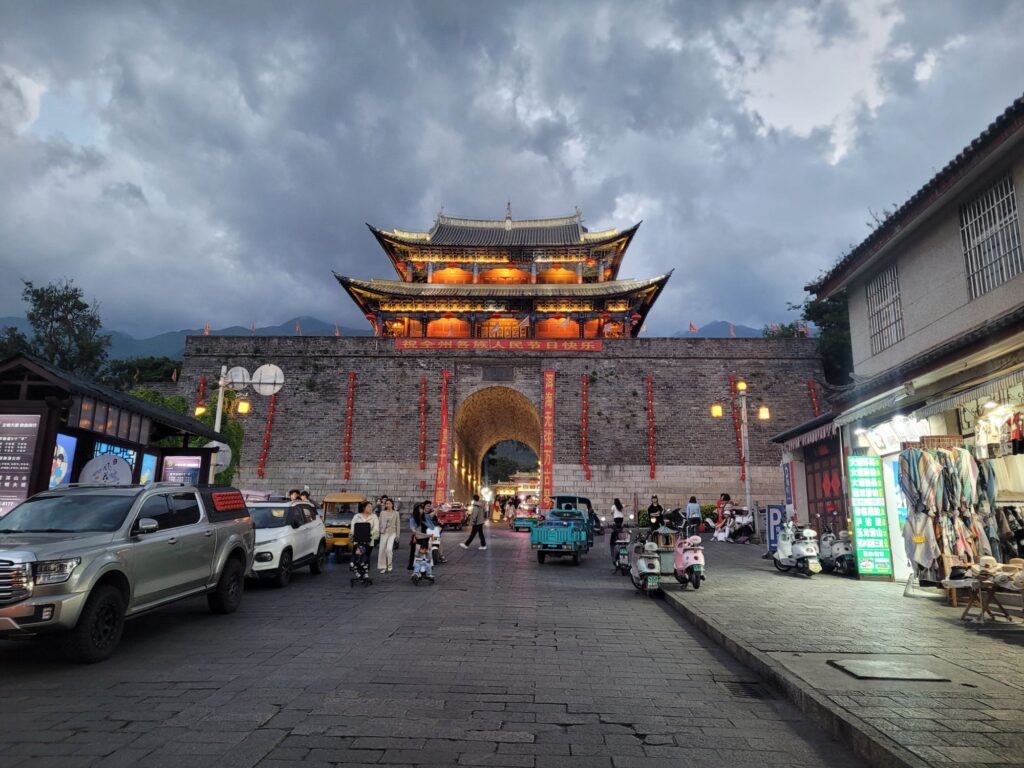
The Ancient Towns: Dali, Xizhou & Shuanglang
Dali is home to several captivating ancient towns, each with its own distinct character. Dali Ancient City is the bustling heart, with its grand city gates and lively streets. Xizhou Ancient Town offers a peaceful glimpse into the life and architecture of the Bai people, set against a backdrop of idyllic fields. Shuanglang Ancient Town is the place to be for dramatic sunsets over the lake.
Read our full guide to Dali’s Ancient Towns here. (coming soon)
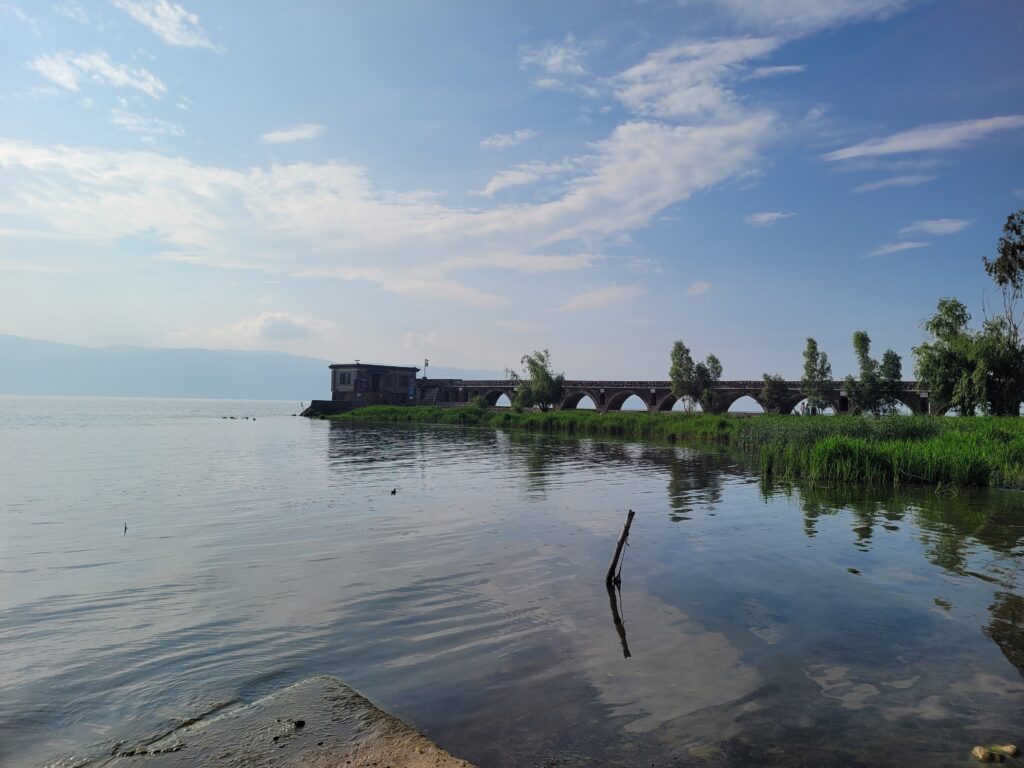
Erhai Lake (洱海): The Mother Lake
Not truly a sea, but an expansive alpine lake, Erhai is the soul of Dali. The best way to experience it is by circling it, discovering sleepy villages, scenic viewpoints, and sacred temples along its shore. The West Line is an ecological corridor perfect for cycling, while the East Line offers vast, open views best seen by car.
Read our complete guide to exploring Erhai Lake here. (coming soon)
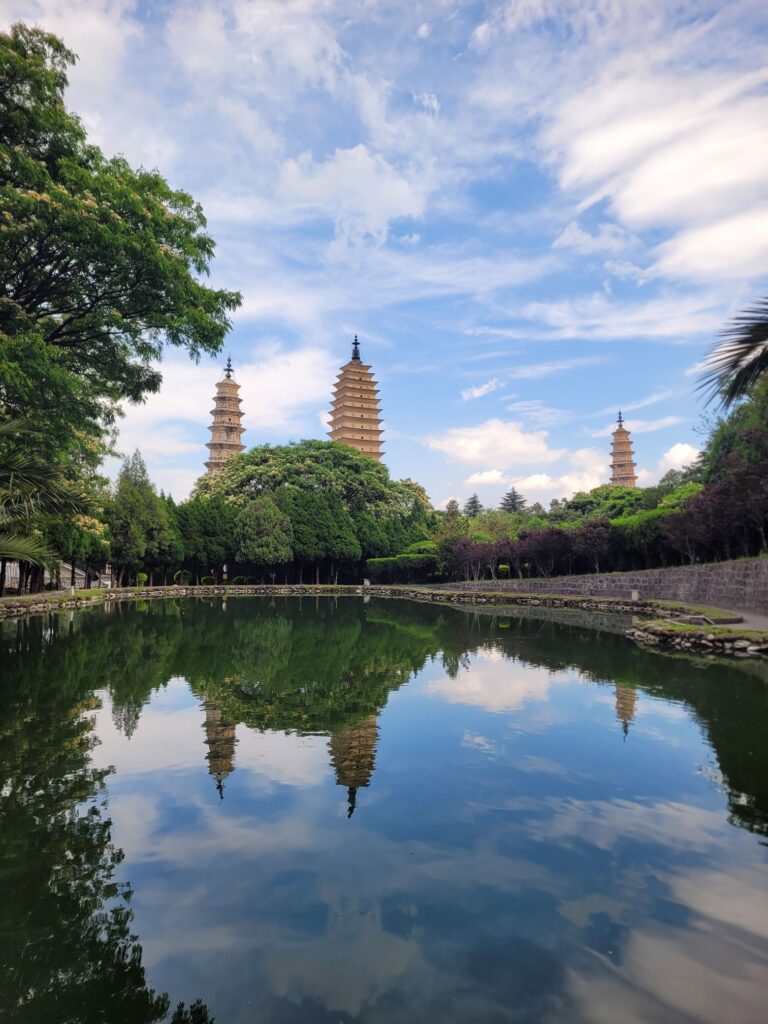
Chongsheng Temple & The Three Pagodas (崇圣寺三塔)
The iconic Three Pagodas are the enduring symbol of the ancient Nanzhao and Dali Kingdoms. Standing sentinel at the foot of the mountains for over a thousand years, they are a must-see for anyone interested in the region’s history and architecture. The reflection of the pagodas in the nearby pond is a classic, unmissable photograph (I only happened to chance upon it as I didn’t do my research beforehand).
Read our visitor’s guide to the Chongsheng Temple here. (coming soon)
Cangshan Mountain (苍山): The Majestic Backdrop
The Cangshan Mountain range, with its 19 peaks and 18 streams, forms a dramatic backdrop to the entire Dali basin. You can ascend via cable car to walk the “Jade-Cloud Road,” a paved path at high altitude that offers breathtaking panoramic views of Erhai Lake and the city below.
Read our guide to hiking Cangshan Mountain here. (coming soon)
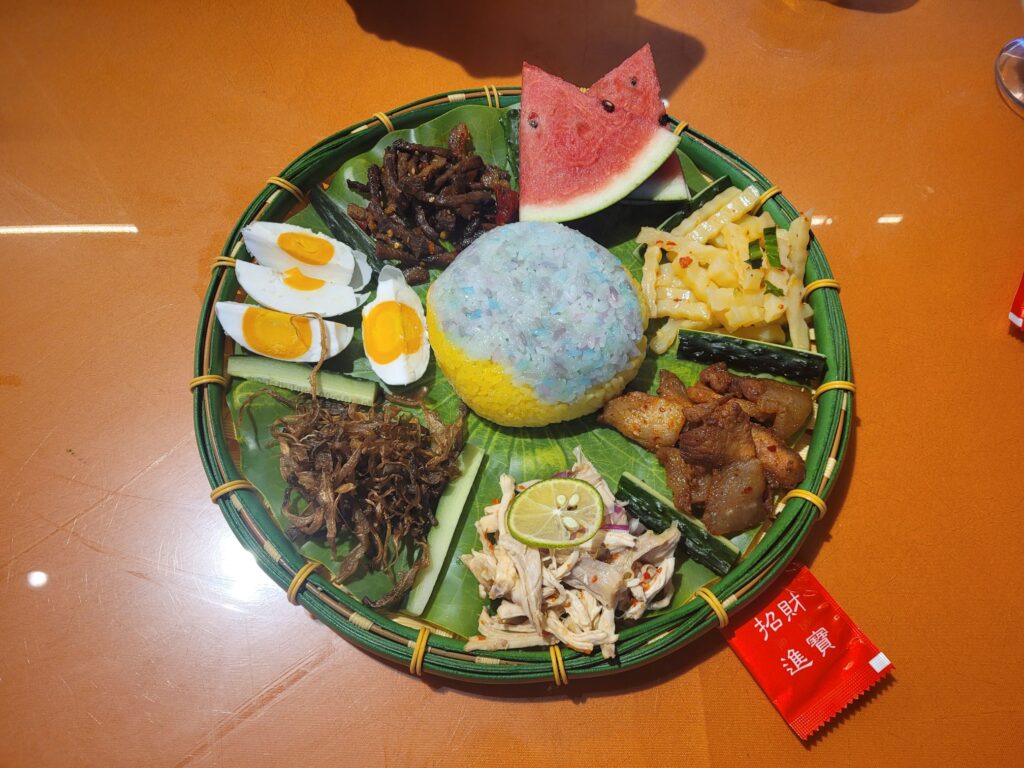
🍜 A Food Lover’s Guide to Dali
Dali’s cuisine is a unique blend of Bai ethnic and Yunnan flavors. Be sure to seek out these local dishes, here are 10 Must-Try Local Dishes and Snacks in Dali:
- Wild Mushroom Hotpot (野生菌火锅, yěshēngjūn huǒguō): A Yunnan specialty. A bubbling pot of rich broth filled with a variety of fresh, local wild mushrooms.
- Sour and Spicy Fish (酸辣鱼, suānlà yú): A classic Bai dish, typically made with carp from Erhai Lake, cooked in a tangy and savory broth.
- Grilled Milk Fan (烤乳扇, kǎo rǔshàn): A unique Dali snack. A thin sheet of cow’s milk cheese is stretched over a stick and grilled, often brushed with rose sauce. Its chewy texture is an acquired taste, so maybe try one before buying a dozen!
- Grilled Erkuai (烤饵块, kǎo ěrkuài): A beloved street food. A slab of glutinous rice cake is grilled over charcoal and brushed with your choice of sweet or savory sauce.
- Xizhou Baba (喜洲破酥粑粑, xǐzhōu pòsū bābā): A flaky, savory or sweet flatbread, best eaten hot from the oven in Xizhou Ancient Town.
- Cool Chicken Rice Noodles (凉鸡米线, liángjī mǐxiàn): A refreshing cold noodle dish, perfect for a warm day, topped with shredded chicken, peanuts, and a tangy sauce.
- Fried Water Hyacinth (水性杨花, shuǐxìngyánghuā): An aquatic vegetable from the pristine waters of local lakes, with a delightfully crisp and slimy texture when stir-fried.
- Ersian (饵丝, ērsī): Soft, glutinous rice noodles, often served in a savory broth for breakfast.
- Dai-style Hand-Grab Rice (手抓饭, shǒuzhuāfàn): A communal meal from the Dai minority, featuring a mound of rice surrounded by various flavorful grilled meats, vegetables, and dips.
- Pork Rib Hotpot (腊排骨火锅, làpáigǔ huǒguō): Cured pork ribs cooked in a savory broth with vegetables. A hearty and comforting meal.
🗓️ A Flexible 3-Day Dali Itinerary
Use this itinerary as a template. Feel free to swap days or linger longer where you feel most connected.
Day 1: Ancient City & History
Morning: Walk through Dali Ancient City. Start at the South Gate, wander along People’s Road (人民路) and Foreigner Street (洋人街), and explore the North Gate Market.
Afternoon: Visit the Chongsheng Temple and the Three Pagodas.
Evening: Enjoy dinner and the lively atmosphere back in the ancient city.
Day 2: The Scenic West Line of Erhai Lake
Morning: Rent a bike or shared e-scooter. Head to Longkan Pier for sunrise, then continue north along the ecological path.
Afternoon: Stop at the Panxi S-Bend and Corridor Bridge for photos before arriving in Xizhou Ancient Town. Spend the rest of the afternoon exploring its alleys and rice fields.
Evening: Your evening depends on the vibe you’re seeking.
- For a peaceful night: Stay in Xizhou. Enjoy an authentic Bai dinner at a family-run restaurant and take a quiet stroll through the town’s dimly lit cobblestone alleys. It’s a chance to see the town as the locals do, without the daytime crowds.
- For a lively atmosphere: Head back to Dali Ancient City. The city comes alive at night. Explore the food stalls and craft shops on People’s Road (人民路) or find a bar with live music on Foreigner Street (洋人街).
Day 3: The Expansive East Line & Sunset
Morning: Hire a car or take the bus to the East Line. Visit Wenbi Village for its Rainbow Road.
Afternoon: Continue to Luowoshan for stunning cliffside views, then head to Shuanglang Ancient Town.
Evening: Explore Shuanglang and find a lakeside cafe to watch the incredible sunset over Erhai Lake.
Our complete guide to exploring Erhai Lake will give a more detailed itinerary for day 2 and 3, including individual stops! (coming soon)
✅ Crucial Travel Tips and What to Avoid
A few final tips to ensure your trip is memorable for all the right reasons.
What to Pack and Wear
- Layers are Key: The temperature can vary significantly between day and night. Bring lightweight layers, including a jacket or fleece.
- Sun Protection: Dali’s altitude is high, and the UV radiation is strong, even on cloudy days. Sunscreen, a hat, and sunglasses are non-negotiable.
- Comfortable Shoes: You will be doing a lot of walking, often on cobblestone streets. Prioritize comfort.
Important Tips for a Smooth Trip
- Book in Advance: During peak season, book accommodation and train tickets well ahead of time.
- Avoid Touts: Buy attraction tickets only from official ticket counters or their official online channels, not from street touts (黄牛, huángniú).
- Be Wary of “Silver”: Be cautious when buying silver in tourist areas. Much of it is not genuine, and prices are often inflated.
- Avoid Tricycles: In Xizhou, avoid the small tricycles (小三轮, xiǎo sānlún). They are often overpriced and will take you to specific shops where they get a commission. The town is best explored on foot.
- Protect the Lake: Do not litter or throw anything into Erhai Lake. It’s a precious natural resource. Don’t be stupid.
❓ Frequently Asked Questions (FAQ)
How many days are enough for Dali?
To experience Dali without feeling rushed, plan for 3 to 5 days. This gives you enough time to explore the ancient city, dedicate a day or two to circling the beautiful Erhai Lake, and perhaps enjoy a mountain hike. Dali is best experienced slowly, so resist the urge to pack your itinerary too tightly.
What is the best way to get around Erhai Lake?
For the West Line, cycling or using the shared e-scooters within the ecological corridor is best. For the East Line, where sights are more spread out, renting a car or using the Huanhai Bus is more practical.
Is Dali expensive?
Dali can be very budget-friendly. Food and transportation are generally affordable. Accommodation ranges from cheap hostels to luxury lakeside hotels, so you can tailor it to your budget.
When can you see the seagulls in Dali?
The famous black-headed gulls migrate to Erhai Lake for the winter. You can see them from approximately November through March.
When is the Best Time to Visit Dali?
Dali boasts a mild climate year-round, but the best times to visit are during spring (March to May) and autumn (September to November). During these months, the weather is pleasant, the skies are often clear, and you’ll avoid the summer rains and the major domestic tourist crowds of summer vacation and national holidays.
Conclusion: Don’t forget this Dali travel guide
Dali is more than just a destination, it’s an experience. It’s the taste of grilled erkuai on a bustling street, the feeling of the wind as you cycle by the lake, and the profound sense of peace as you watch the sun dip behind the mountains. With this guide in hand, you’re ready to plan your own practical and meaningful journey into the heart of Yunnan.
Have a question or a tip of your own? Share it in the comments below!
Ready to explore other parts of China? Click here for a guide to travelling Yunnan, and here for other parts of China!

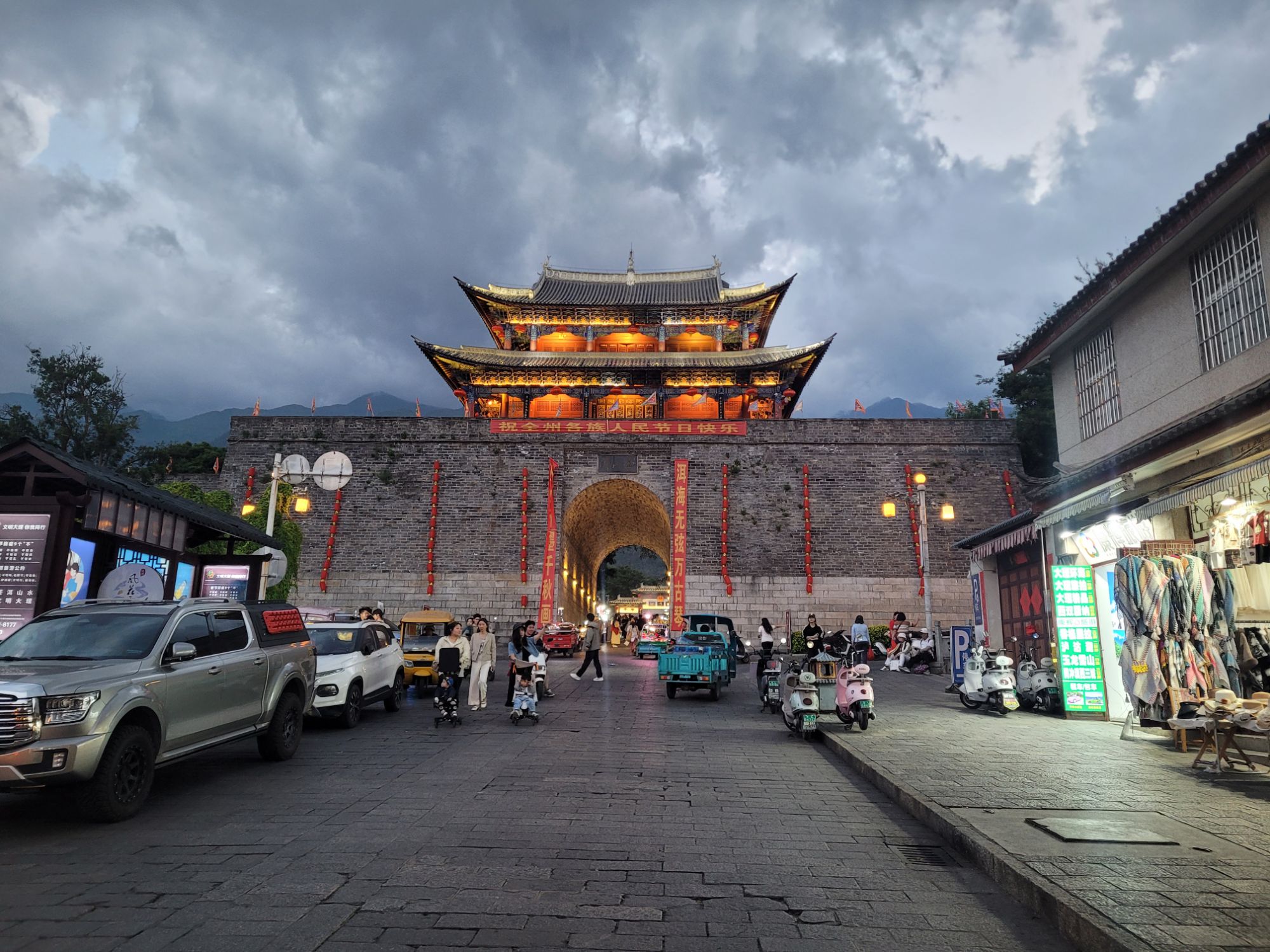
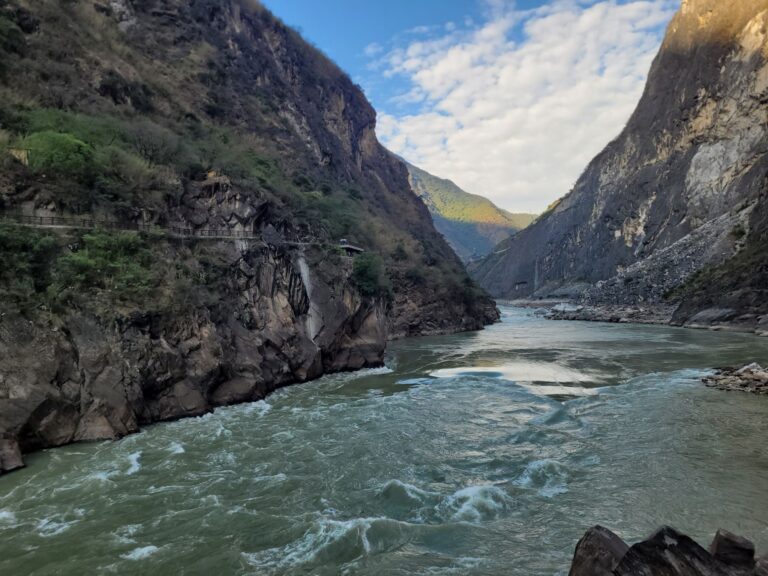
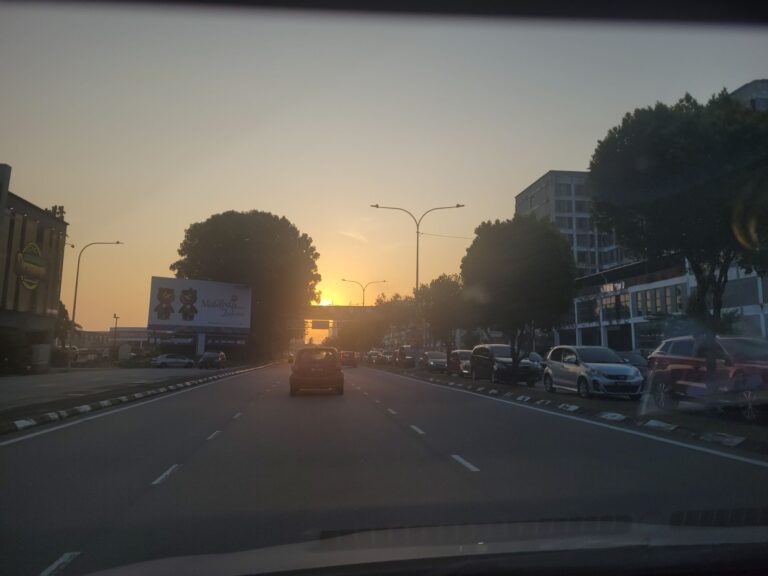
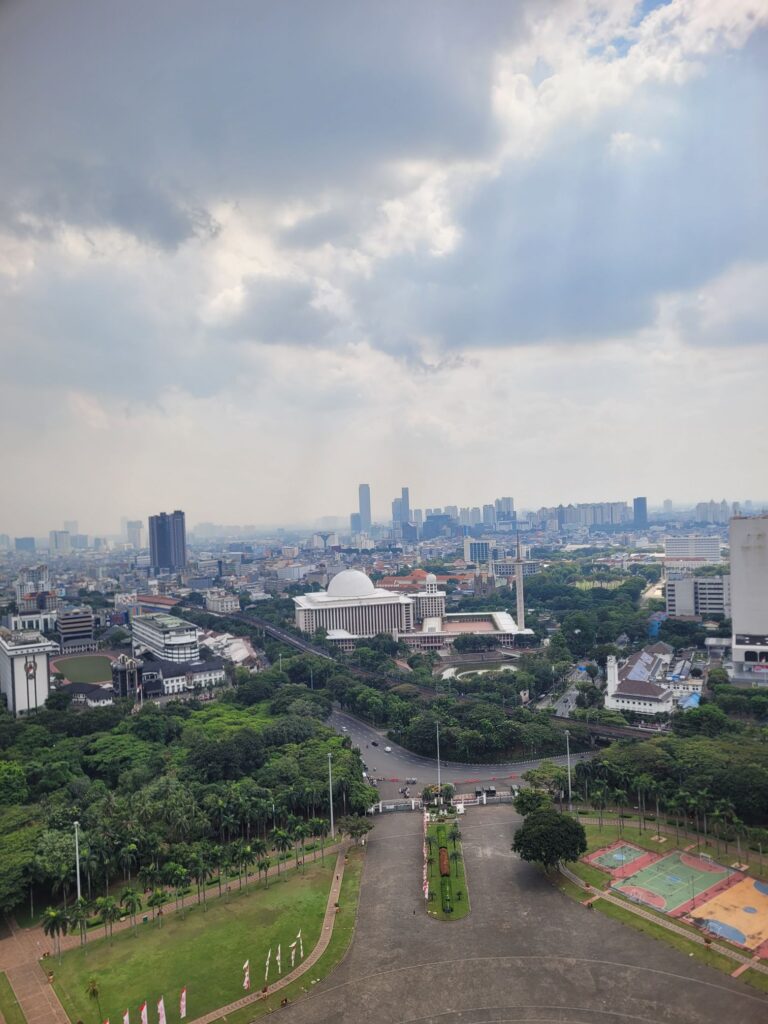

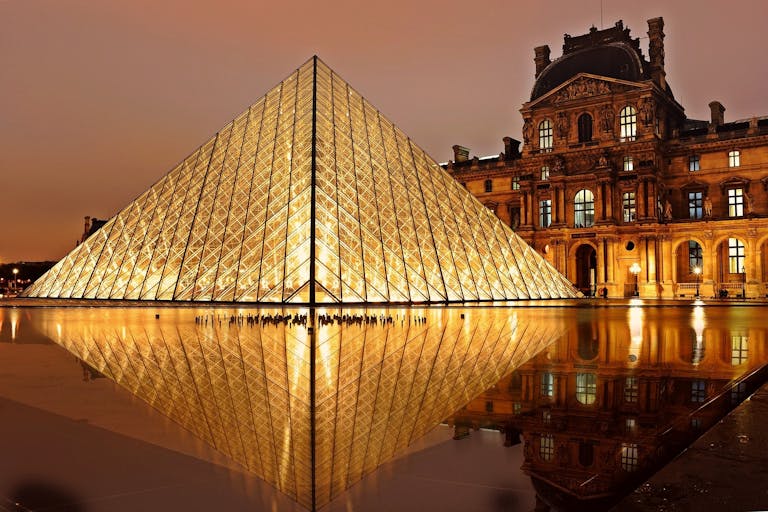
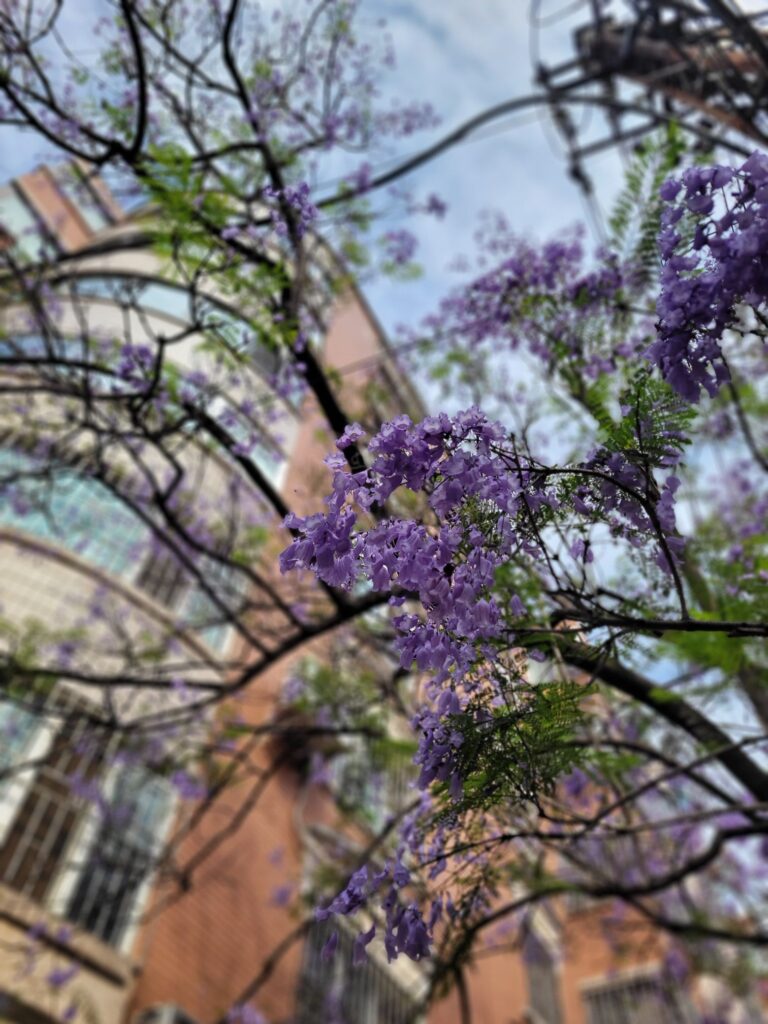
One Comment